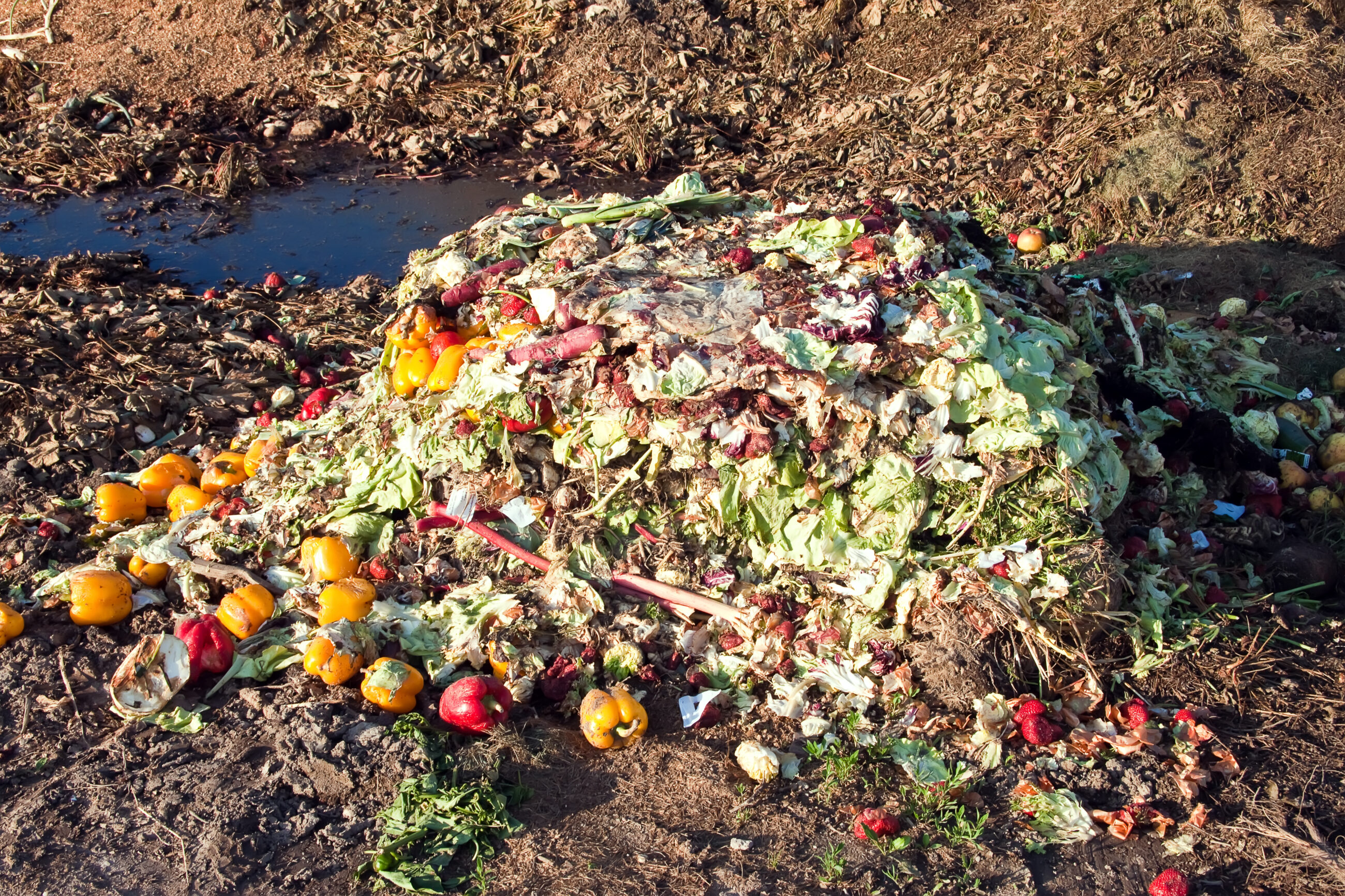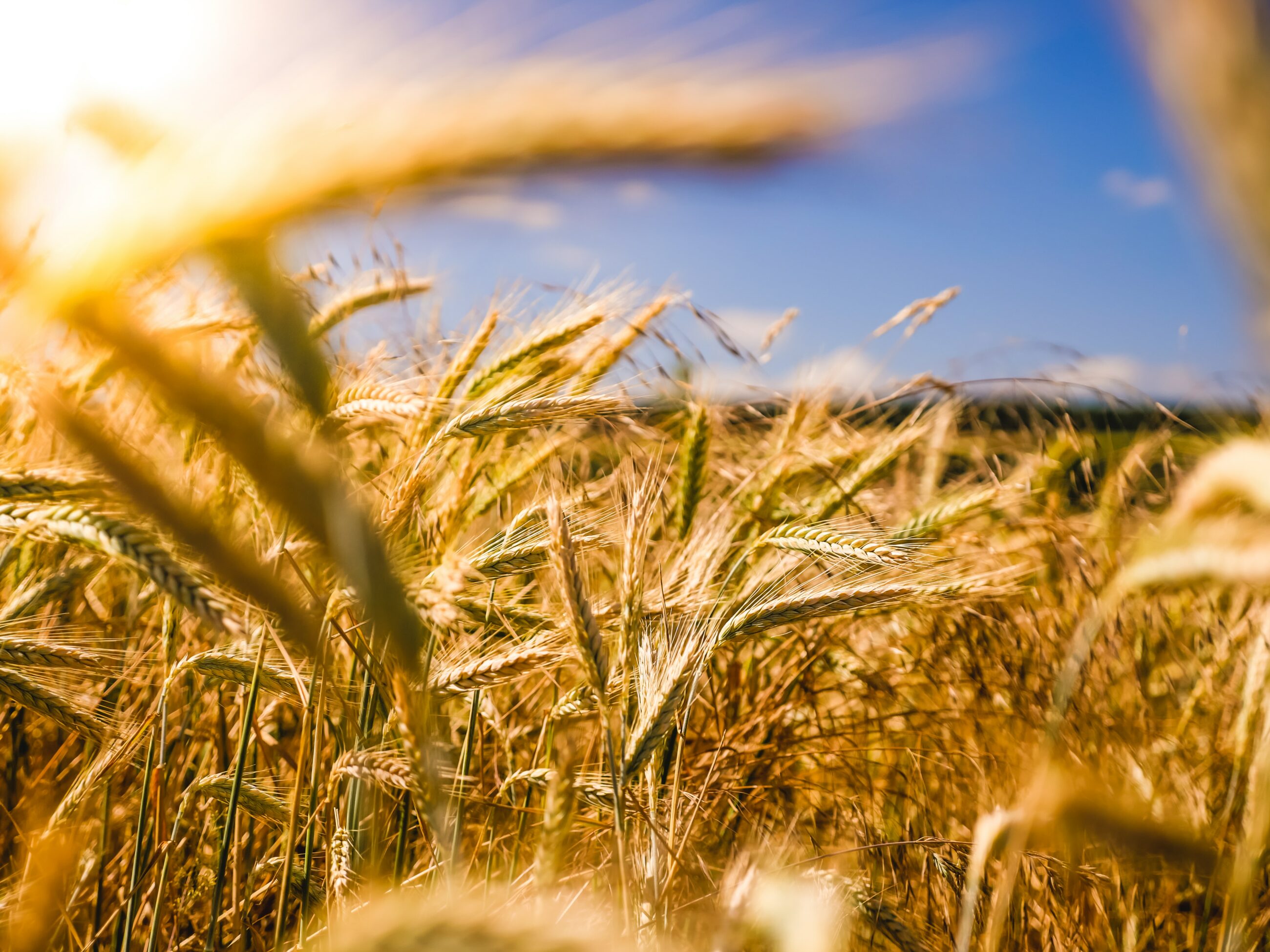News
Bioenergy
Biogas
Biomass
+1
Minimising food loss and waste in the circular bioeconomy


Food waste and loss is a significant problem, with FAO – the Food and Agriculture Organisation of the United Nations - estimating that up to one-third of all food produced on a global scale wasted or lost. While the extent of the problem is greatest in developing countries, it is estimated that ten per cent of food is lost or wasted in developed countries.
The issue is of paramount importance, given that food production is one of the human activities that contributes most significantly to greenhouse gas emissions in addition to using various limited resources such as water, land and minerals. Moreover, food loss and waste contributes to chronic hunger and malnutrition. An important first step in the quest to reduce food loss and waste is gaining an accurate picture of the field to fork journey for food products, i.e. where in the food supply chain they occur.
It is widely expected that the European Union will order member states to track, count and report the amount of food waste generated in the near future and therefore Denmark is working at establishing a valid basis for estimation of food waste in the primary production and food industries in the country.
To this end, researchers from Aarhus University’s Centre for Food and Agriculture and the departments of Food Science and Agro ecology have mapped the extent of food loss and waste in the Danish agriculture and food cluster in a new report that was launched this week. Titled Food waste in the Danish primary production and food industries, the report was composed at the request of the Danish Ministry of Food and Environment in order to gain an accurate picture of the extent of the waste taking place in this part of the supply chain. The hope is that by compiling an overview, it will be easier to reduce food waste and loss in primary production and the food industries – including both food from animal production and plant production.
-Related publication: Producing More With Less whitepaper
Minimal amounts of waste
In investigating food loss and waste in primary production and the food industry, the report sorts food products into five different categories:
- Meat and meat products, including fish
- Milk and dairy products
- Eggs and poultry
- Cereals and bakery products
- Fruit and vegetables, including potatoes
The overall conclusion of the report is that there is minimal waste in food products from the primary production and the food industry in Denmark, as many of the waste products are used to produce biogas, animal feed, fertiliser or pharmaceutical products – the epitome of the circular bioeconomy. For example, spoiled vegetables can be used to produce biogas, shattered eggs can be used as mink feed and spilt milk can be used for cattle feed.
‘Compared to the amount that is produced, only a small percentage of food is wasted in both the primary production and the food industry annually in Denmark’, says Research Assistant Anna Borum from the Department of Food Science, Aarhus University.
Commenting on the report, the CEO of the Danish Food and Agriculture Council, Anne Lawaetz Arhnung stated:
’In Denmark farmers and the food industry are leaders in minimising food loss and waste, as we use residuals and by-products from food production for other purposes. For many years, the Danish food cluster has focused on recirculation of nutrients and the efficient use of resuorces, In addition to being the essence of the circular bioeconomy, this is also good for the double bottom line, i.e. the social and financial return. When we minimise food loss and waste, it not only is beneficial for the climate, but also for farmers’ finances.”
Losses smallest in animal production
The waste of animal food products in Denmark is miniscule and constant from year to year, with most losses amounting to less than two per cent. In primary production, the main causes of waste are animals that are ill, mortality during transportation and rejection at the slaughterhouse. With regard to the primary production of vegetable products, there is more food waste and greater variation from year to year. Here, the main causes of waste are crop diseases and pests.
In the food industry, food waste comes mainly from entrails, bones, heads and skin from animals, and from peels, pulp and trimming from fruit and vegetables.
The report contains a table showing more specifically what the five food categories generate with regard to waste and how the waste is recycled. Waste from meat, eggs, fruit and vegetables can be used for biogas, waste from meat, cereals, milk and fruit can be used for feed, and waste from meat, milk, fruit and vegetables can be used for fertiliser.
-Related solution: Biogas: The future of agricultural waste recycling
The many uses for food scraps
The study clarifies that the lion’s share of food waste from the primary production and the food industry in actual fact does not go to waste but is recycled for various purposes, including animal feed, biogas or fertiliser. Using food waste as fertiliser recirculates nutrients into the soil, thereby improving soil’s fertility.
Inedible products can be burned and used for heat production. Waste products that are used for feed can replace the need to produce other feed. Finally, some waste products are transformed into high value products, such as fish oil or fish meal, which can be used in the production of food or feed.
The report notes that the majority of food waste in Denmark occurs farther out in the food chain, i.e. among retailers and in households. It is estimated that in industrialised countries, waste at the consumer level accounts for approximately 40 per cent of total food waste and losses.
CEO Anne Lawaetz Arhnung encourages consumers in take steps to play their part in reducing food loss and waste.
”It is to be expected and interesting to see that the largest share of food loss and waste occurs at the retail and household level. Therefore it is important that we address this and luckily each and every one of us can contribute at home in the kitchen”, she says.
Sources: The Danish Agriculture and Food Council, Aarhus University
To access the report, please click here
You should consider reading
publications
Resource efficient production
+15















